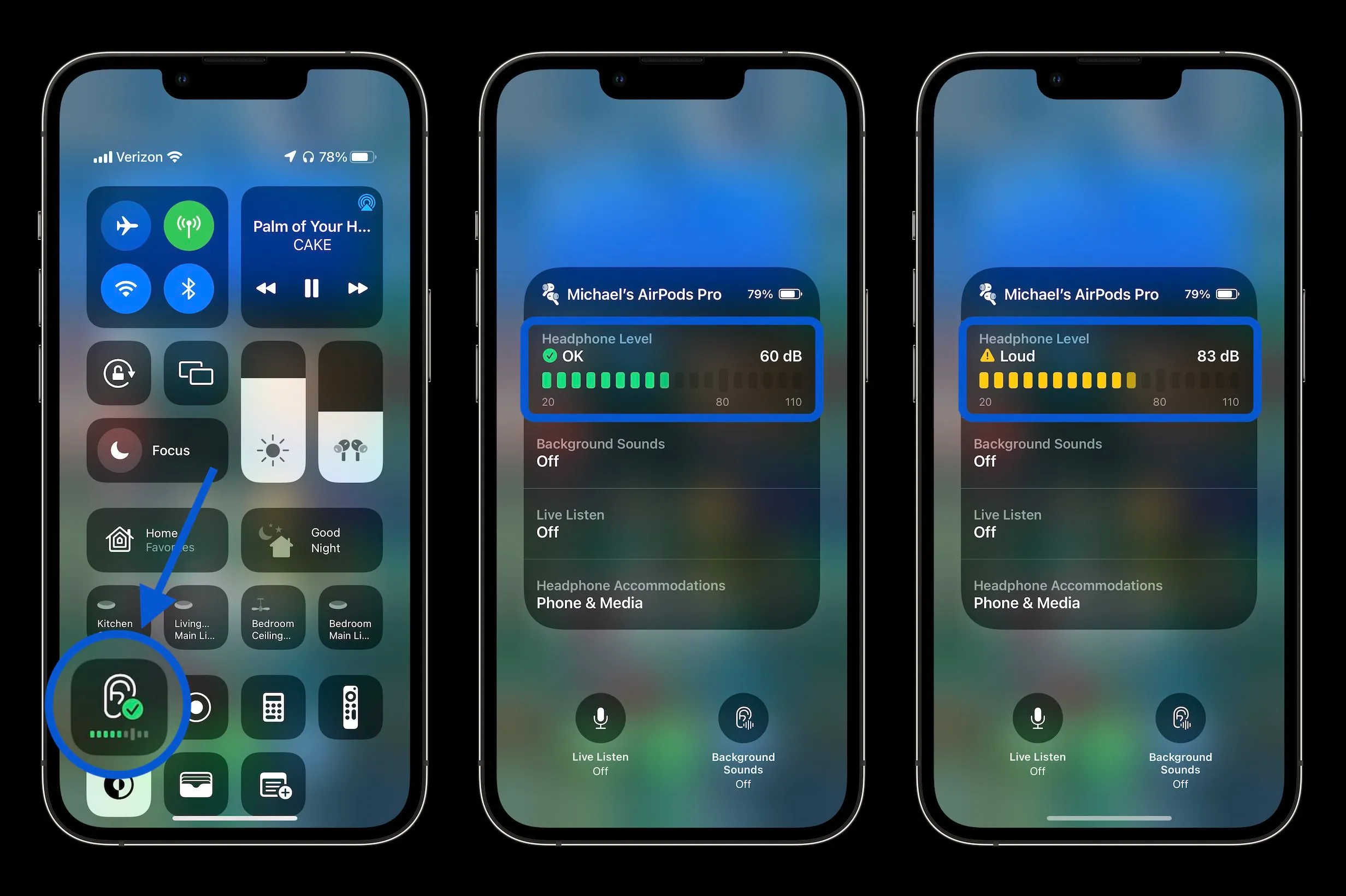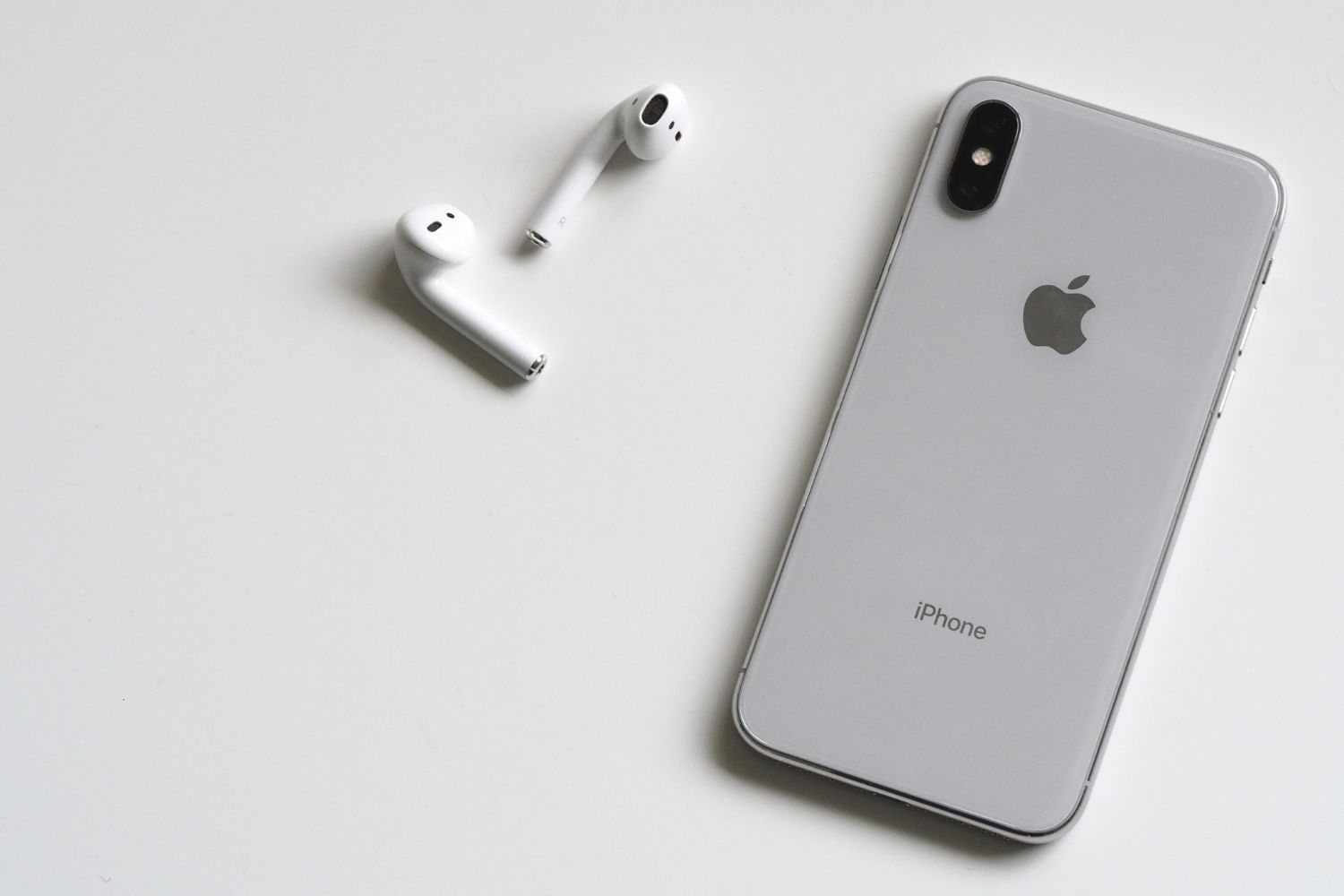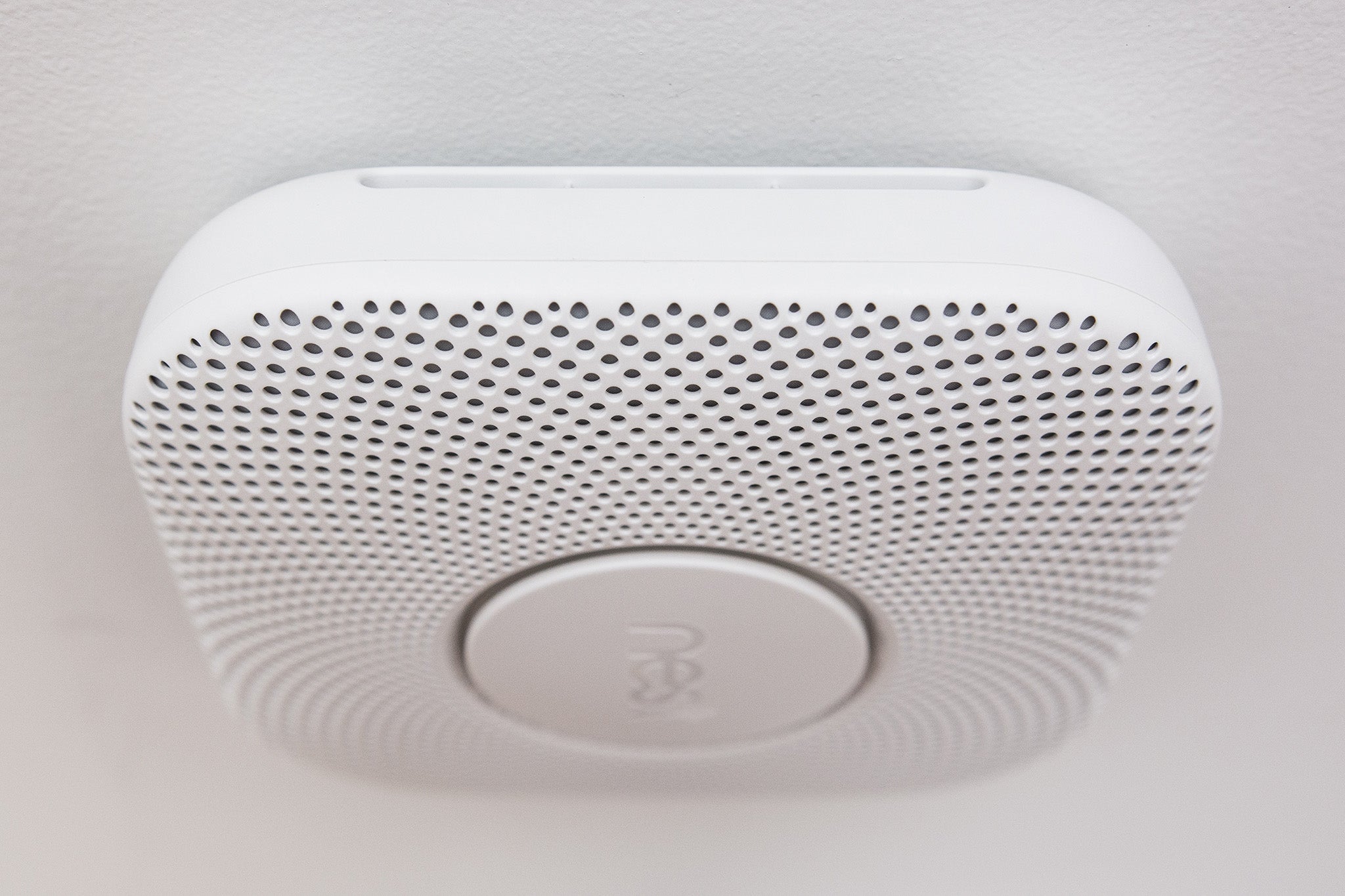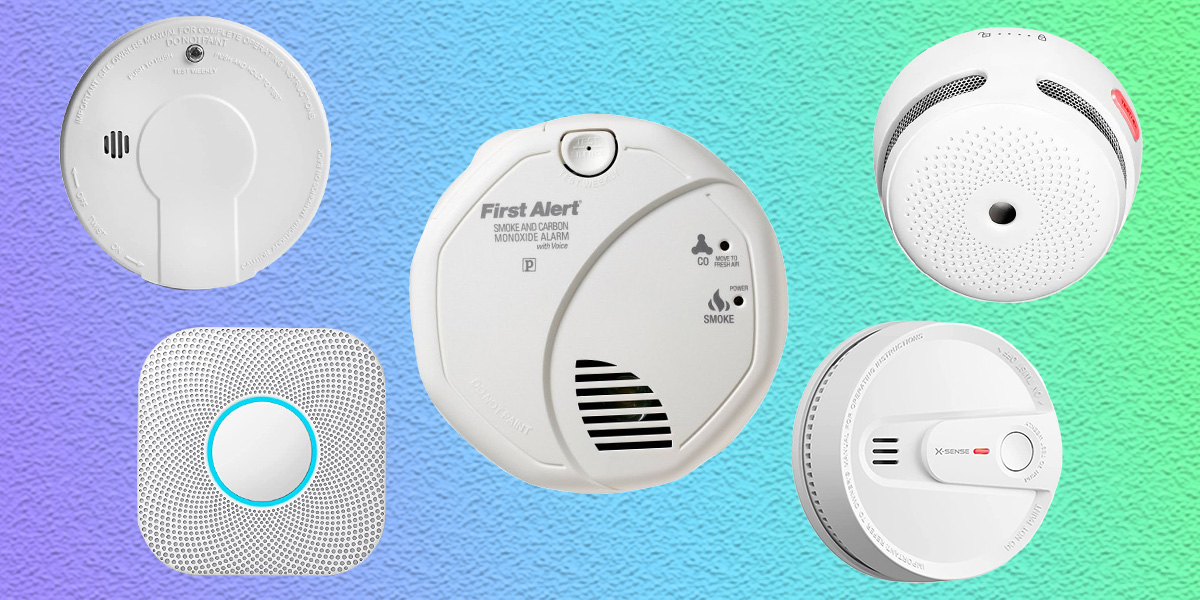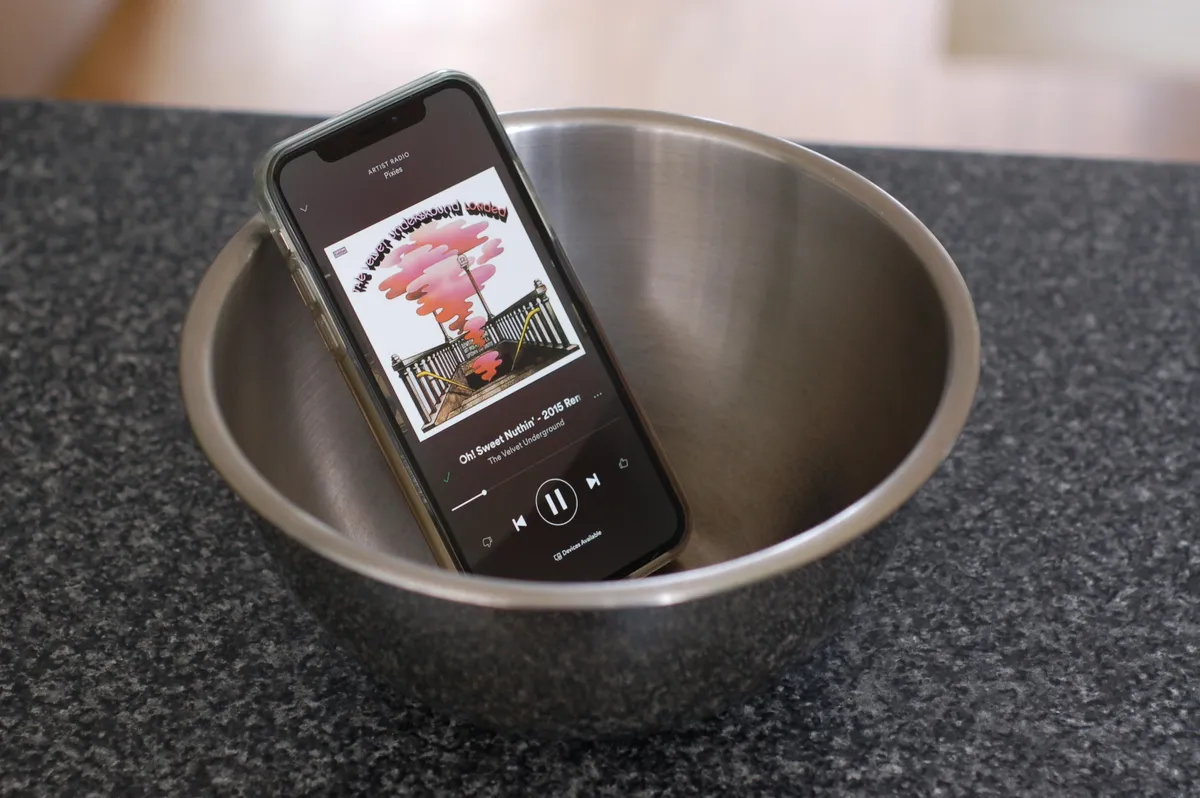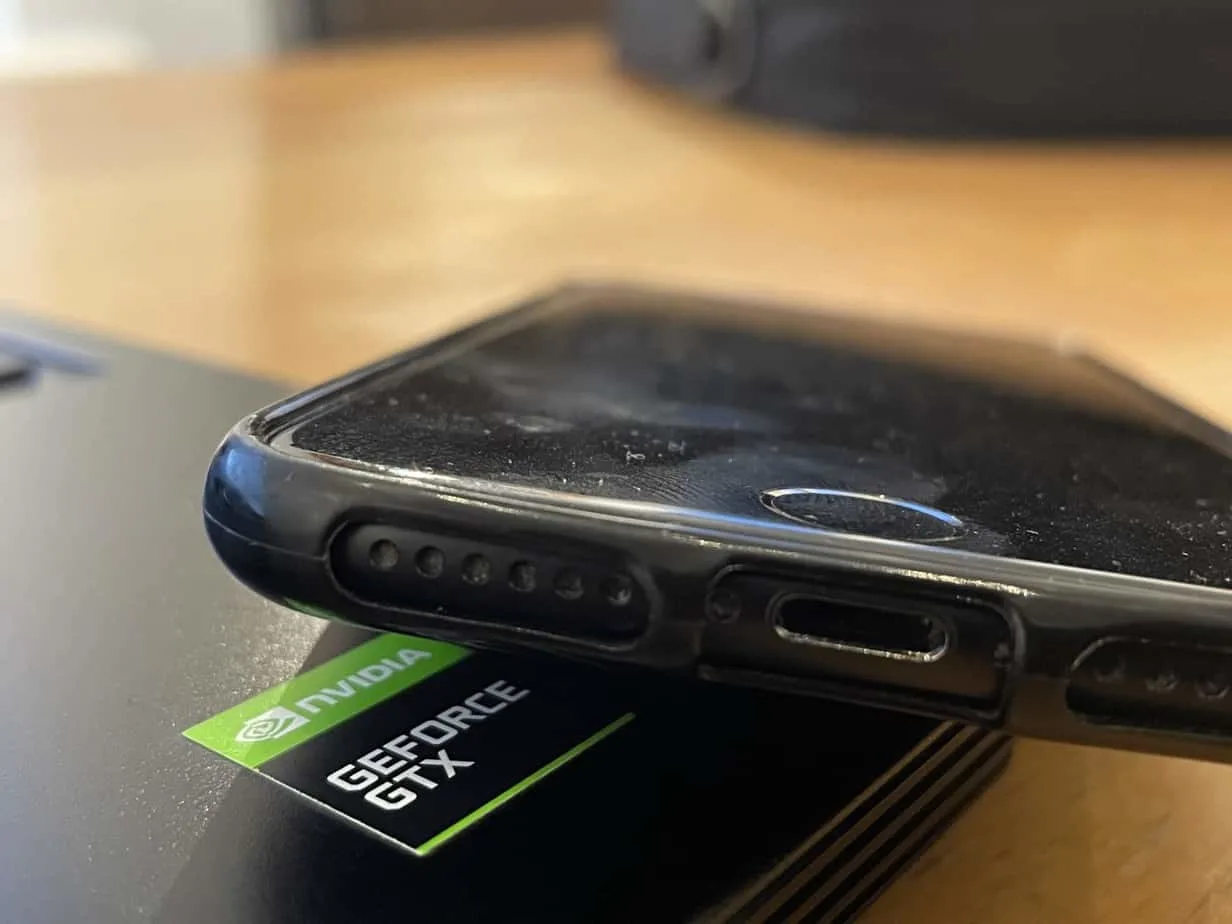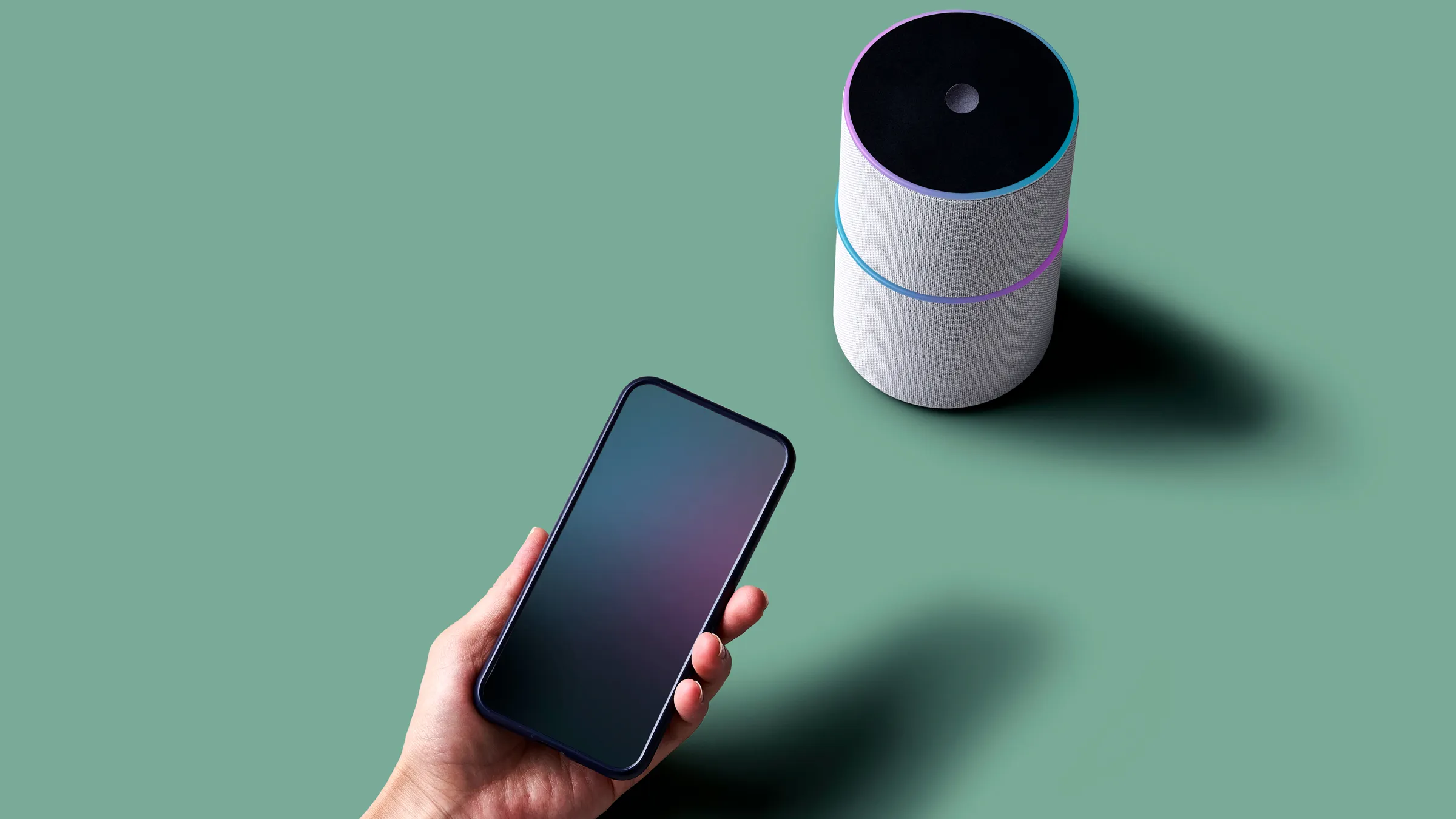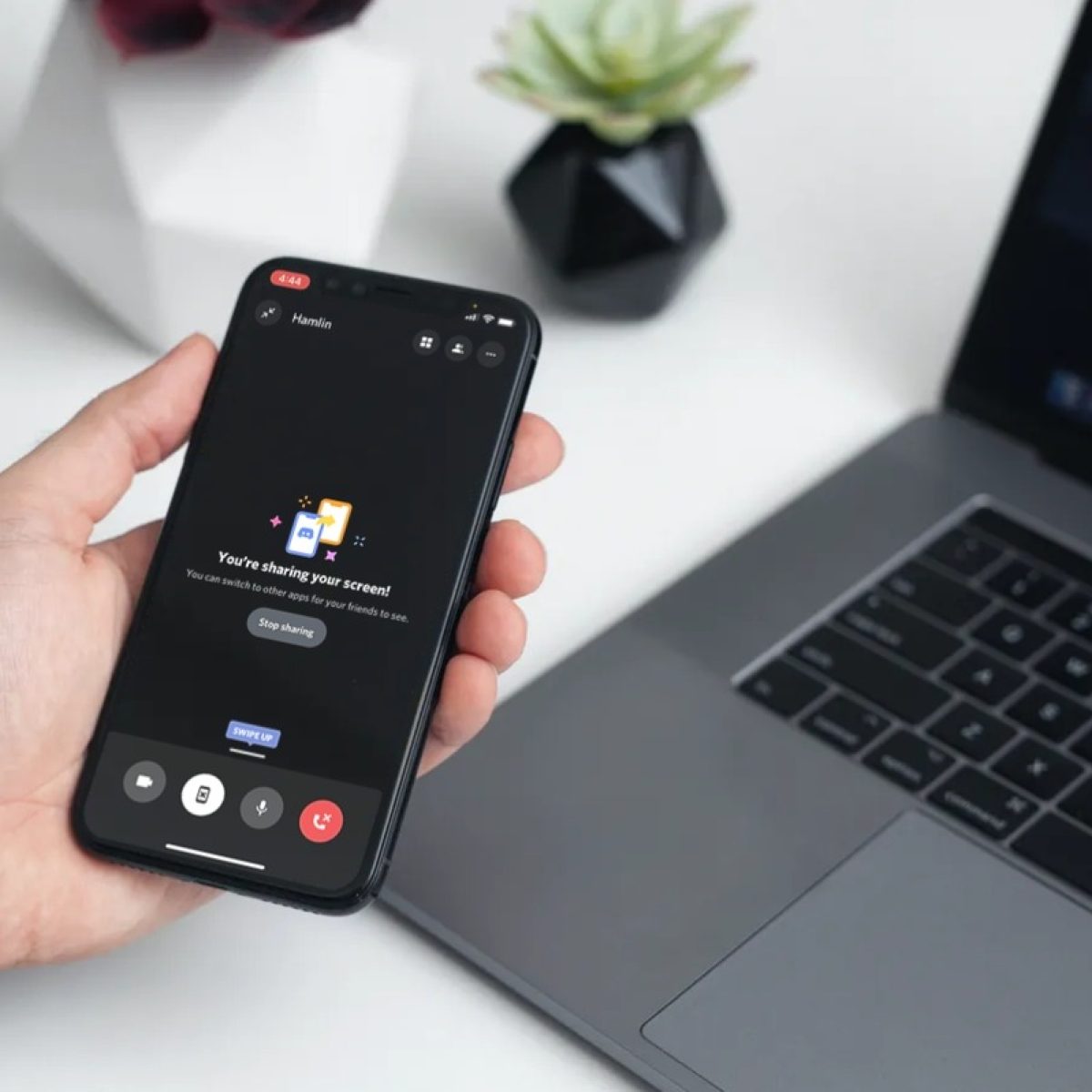Introduction
When it comes to our smartphones, the audio quality and volume capabilities of the built-in speakers play a crucial role in our overall user experience. The iPhone, a popular choice among smartphone users, is renowned for its sleek design and advanced technology, including its speaker system. However, have you ever wondered about the decibel levels of iPhone speakers and their potential impact on your hearing health? Understanding the decibel levels of these speakers is essential for making informed decisions about how we use our devices and protect our hearing.
In this article, we will delve into the world of decibel levels, focusing specifically on the iPhone's speakers. We will explore the significance of decibel levels, their potential effects on hearing health, and practical tips for mitigating any adverse impacts. By gaining a deeper understanding of decibel levels and their implications, you can make conscious choices about your smartphone usage and prioritize your auditory well-being.
Let's embark on a journey to uncover the decibel levels of iPhone speakers, empowering ourselves with the knowledge needed to enjoy our devices responsibly while safeguarding our hearing health.
Understanding Decibel Levels
Decibel levels are a fundamental aspect of understanding sound intensity and its potential impact on our ears. The decibel (dB) scale measures the relative loudness of a sound, with 0 dB representing the threshold of human hearing and higher dB levels indicating increased sound intensity. It’s important to note that the dB scale is logarithmic, meaning that every increase of 10 dB represents a tenfold increase in sound intensity. For example, a sound measured at 70 dB is ten times louder than a sound measured at 60 dB.
When it comes to smartphones, including the iPhone, understanding decibel levels is crucial for assessing the potential risks associated with prolonged exposure to high-volume audio. The World Health Organization (WHO) recommends limiting exposure to sounds exceeding 85 dB for extended periods to prevent noise-induced hearing loss. For context, typical conversation levels range around 60-70 dB, while a busy city street can reach 80-85 dB.
Furthermore, the impact of decibel levels is not solely determined by the volume setting on a device, but also by the duration of exposure. Even at lower decibel levels, extended exposure can lead to cumulative damage to the delicate structures of the inner ear.
By comprehending the significance of decibel levels and their logarithmic nature, individuals can make informed decisions about their audio settings and usage patterns, thereby safeguarding their hearing health in an increasingly sound-filled world.
Decibel Levels of iPhone Speakers
Apple’s commitment to delivering exceptional audio experiences is evident in the design and performance of the iPhone’s speakers. The decibel levels of iPhone speakers can vary based on the model and generation, with newer iterations often featuring improved sound quality and higher maximum volume levels. For instance, the iPhone 12 boasts stereo speakers that deliver immersive sound, with the ability to reach a maximum volume of approximately 120 dB. This level of volume can provide a rich audio experience for users, whether they are enjoying music, watching videos, or engaging in multimedia content.
It’s important to note that while the iPhone’s speakers are capable of producing high decibel levels, users have the autonomy to adjust the volume settings to suit their preferences and environment. This flexibility empowers individuals to tailor their audio experience while being mindful of potential implications for their hearing health.
Moreover, advancements in iPhone technology have incorporated features that prioritize user well-being. For example, the “Headphone Safety” feature in iOS settings allows users to set maximum headphone volume limits, providing an additional layer of protection against excessive noise exposure. This proactive approach aligns with Apple’s dedication to promoting responsible device usage and supporting users in making informed decisions about their auditory well-being.
By understanding the decibel levels of iPhone speakers and leveraging the customizable settings available, users can enjoy the exceptional audio capabilities of their devices while prioritizing the long-term health of their ears.
Impact on Hearing Health
The impact of high decibel levels from iPhone speakers on hearing health is a critical consideration in the era of pervasive smartphone use. Prolonged exposure to elevated sound levels, especially through personal audio devices like smartphones, can pose significant risks to auditory well-being. The World Health Organization (WHO) highlights that exposure to sounds at or above 85 decibels for extended periods can lead to noise-induced hearing loss, a condition that is entirely preventable.
When it comes to iPhone speakers, the potential impact on hearing health is influenced by factors such as volume settings, duration of exposure, and the proximity of the device to the ears. Listening to music, podcasts, or other audio content at high volumes for extended periods can strain the delicate structures of the inner ear, leading to gradual but irreversible damage. Additionally, the use of headphones or earbuds can further intensify the impact of sound on the ears, making it essential for users to exercise caution and mindfulness.
It’s crucial for individuals to recognize the cumulative nature of noise-induced hearing loss and the gradual onset of symptoms, which may include difficulty hearing certain frequencies, tinnitus (ringing in the ears), and overall reduced auditory acuity. By understanding the potential consequences of prolonged exposure to high decibel levels, individuals can take proactive measures to protect their hearing and preserve their long-term auditory health.
Furthermore, the prevalence of smartphones in daily life underscores the importance of promoting responsible listening habits and raising awareness about the impact of sound exposure on hearing health. By fostering a culture of informed and mindful smartphone usage, we can collectively mitigate the risks associated with excessive noise exposure and prioritize the well-being of our ears in a world filled with audio stimuli.
Tips for Protecting Your Hearing
As the prevalence of smartphone usage continues to grow, it’s essential to prioritize the protection of our hearing amidst the abundance of audio stimuli. Fortunately, there are practical and effective measures that individuals can implement to safeguard their auditory health while enjoying the audio capabilities of their iPhones.
- Use Volume Limit Settings: Take advantage of the volume limit settings available on iPhones to cap the maximum sound output. By setting a reasonable volume limit, you can prevent accidental exposure to excessively high decibel levels.
- Take Listening Breaks: Incorporate regular breaks when listening to audio through your iPhone. Giving your ears periodic rest intervals can help reduce the cumulative impact of sound exposure and alleviate potential strain on the auditory system.
- Be Mindful of Environment: Assess the ambient noise level in your surroundings before adjusting the volume on your iPhone. Avoid cranking up the volume to compete with external noise, as this can lead to higher overall sound exposure.
- Invest in Quality Headphones: When using headphones or earbuds with your iPhone, opt for high-quality audio accessories that provide effective noise isolation. This can enable comfortable listening at lower volumes, minimizing the need to compensate for external noise.
- Follow the 60/60 Rule: Adhere to the 60/60 rule, which recommends listening to audio at no more than 60% of the maximum volume for a maximum duration of 60 minutes per day. This guideline promotes responsible listening habits and reduces the risk of overexposure.
- Utilize Hearing Protection: In environments with consistently high noise levels, such as concerts or public events, consider using earplugs or protective earmuffs to shield your ears from excessive sound intensity.
By incorporating these proactive strategies into your daily smartphone usage, you can strike a balance between enjoying the audio features of your iPhone and safeguarding your precious sense of hearing. Cultivating mindful listening habits and leveraging the available settings and accessories can contribute to the long-term preservation of your auditory health in the digital age.
Conclusion
As we navigate the landscape of smartphone technology, the decibel levels of iPhone speakers emerge as a pivotal aspect of our auditory well-being. Understanding the implications of sound intensity on our hearing health empowers us to make informed choices and adopt responsible listening habits. The iPhone, renowned for its innovative features and audio capabilities, offers users a platform to enjoy immersive sound experiences while prompting a heightened awareness of the potential impact on their ears.
By delving into the realm of decibel levels, we have uncovered the logarithmic nature of sound intensity and its correlation with prolonged exposure. The decibel levels of iPhone speakers, coupled with the customizable settings and safety features integrated into iOS, underscore Apple’s commitment to promoting responsible device usage and user well-being. Through the implementation of practical measures such as volume limits, listening breaks, and quality headphones, individuals can actively safeguard their hearing health without compromising their audio enjoyment.
Moreover, the broader conversation surrounding the impact of sound exposure on hearing health necessitates a collective effort to raise awareness and foster a culture of mindful smartphone usage. By advocating for responsible listening habits and leveraging technological advancements to prioritize auditory well-being, we can cultivate a harmonious coexistence with the audio-rich world facilitated by our iPhones.
Ultimately, the decibel levels of iPhone speakers serve as a reminder of the delicate balance between technological innovation and the preservation of our sensory faculties. By embracing knowledge and implementing practical strategies, we can revel in the captivating audio experiences offered by our iPhones while safeguarding the invaluable gift of hearing for ourselves and future generations.







